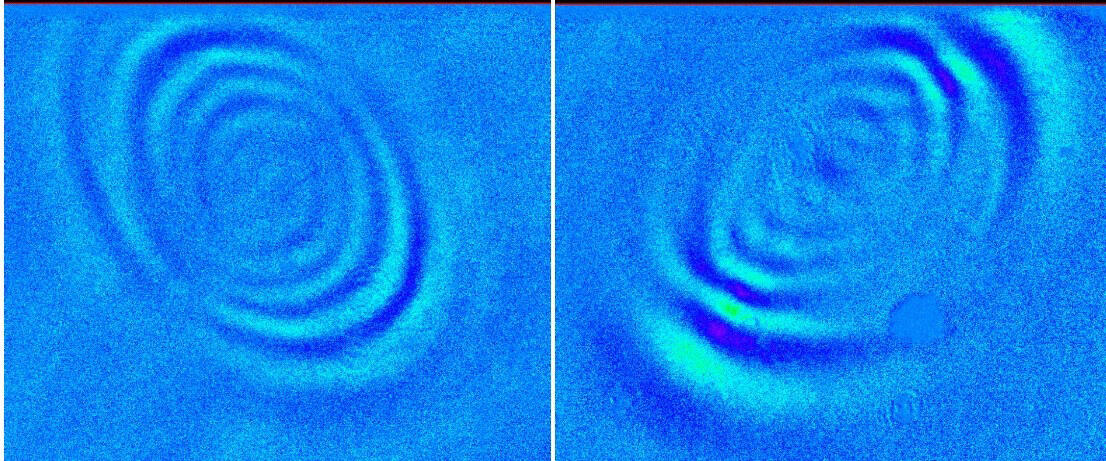A joint research group that includes Research Scientist Takashi Notake and Team Leader Hiroaki Minamide of the Tera-Photonics Research Team, RIKEN Center for Advanced Photonics (RAP); Team Leader Chiko Otani of the RIKEN Terahertz Sensing and Imaging Research Team; Professor Tomokazu Iyoda of the Harris Science Research Institute, Doshisha University; and Assistant Professor Takashi Arikawa and Professor Koichiro Tanaka of the Graduate School of Science, Kyoto University, has succeeded in the real-time visualization of terahertz light being radiated in specific directions from a micro-helix structure produced using spirulina algae as a template, using a high-performance terahertz near-field microscope.

In recent years applied research on new imaging and spectra utilizing electromagnetic waves that oscillate as rapidly as one trillion times a second (terahertz light) has been moving ahead. Terahertz light are also important electronic waves that support next-generation ultra-high-speed communications standards (Beyond 5G/6G), and competition to develop devices to generate, detect and control terahertz light is intensifying worldwide.
Using spirulina with a metal plating, the research group produced a micro-helix structure approximately 0.1 millimeters long, approximately 0.03 millimeters in diameter, and with a strand diameter of approximately 0.007 millimeters. When the group used a terahertz near-field microscope to study the interaction between this micro-helix structure and terahertz light, it was able to visualize the terahertz light radiating in two specific directions in real time, using spatial resolution of around one-tenth the terahertz light wavelength, which is beyond the diffraction limit, and femtosecond (100 trillionth of a second) time resolution.
Notake says that "Based on this result, this metal micro-helix structure can be expected to have applications in areas such as high-performance antennas for Beyond 5G/6G. In the future, we hope to visualize a case in which a number of metal micro-helix structures are arranged in an array, and make progress with explaining the optical activity displayed by the clockwise and counterclockwise chiral material, and the circular dichroism of electromagnetic pictures."
■ Spirulina: A multicellular filamentous microalga of the blue-green algae class Oscillatoria. It is among the procaryotic organisms that appeared approximately three billion years ago and which mainly grows naturally in lakes in tropical regions. The name spirulina is derived from the Latin spira, which means "helical" or "twisted." In recent years it has been attracting attention as a highly-nutritious food, and is being produced commercially.
This article has been translated by JST with permission from The Science News Ltd.(https://sci-news.co.jp/). Unauthorized reproduction of the article and photographs is prohibited.




